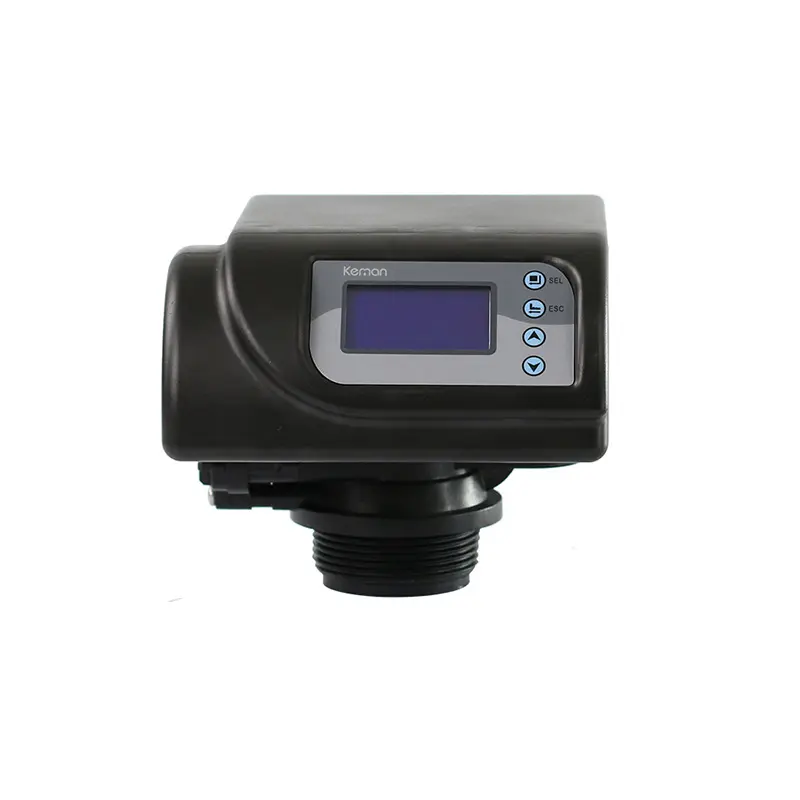目录
定期维护软化剂再生罐的好处
软化器再生罐是水软化系统的重要组成部分。它负责通过称为离子交换的过程从水中去除硬度矿物质。随着时间的推移,水箱内的树脂珠会被矿物质饱和并失去其有效性。这就是定期维护发挥作用的地方。

定期维护软化器再生罐的主要好处之一是确保水软化系统的持续效率。当树脂珠饱和时,它们不再能够有效地去除水中的硬度矿物质。这可能会导致硬水进入您的家中,从而导致各种问题,例如固定装置和电器上的水垢积聚、肥皂泡沫减少以及热水器的能耗增加。
通过定期再生水箱中的树脂珠,您可以可以确保您的水软化系统以最高效率运行。这不仅可以提高水的质量,还可以延长电器和管道装置的使用寿命。此外,维护功能正常的软化器再生罐可以减少加热水所需的能量,从而帮助您节省电费。
定期维护软化剂再生罐的另一个好处是可以避免昂贵的维修或更换。忽视再生槽中的树脂珠可能会对系统造成不可逆转的损坏。随着时间的推移,树脂珠可能会被矿物质堵塞,从而降低其有效软化水的能力。这会给水软化系统带来额外的压力,可能导致组件故障并需要昂贵的维修或更换。
通过对软化器再生罐进行定期维护,您可以避免这些代价高昂的问题,并确保您的水软化系统系统继续平稳运行。从长远来看,这可以节省您的时间、金钱和挫折感。
除了提高水软化系统的效率和寿命之外,软化器再生罐的定期维护还可以帮助提高水的质量。硬水会在固定装置和餐具上留下难看的污渍,还会引起皮肤刺激和头发干燥。通过维护功能正常的软化器再生罐,您可以在整个家中享受柔软、清洁的水的好处。
How to Troubleshoot Common Issues with Softener Regeneration Tank
A softener regeneration tank is an essential component of a water softening system. It is responsible for removing hardness Minerals from the water and ensuring that your household appliances and plumbing fixtures are protected from scale buildup. However, like any other mechanical device, a regeneration tank can encounter issues that may affect its performance. In this article, we will discuss some common problems that you may encounter with your softener regeneration tank and how to troubleshoot them.
One of the most common issues with a regeneration tank is a lack of regeneration. This can be caused by a variety of factors, such as a malfunctioning control valve, a clogged injector, or insufficient Salt in the brine tank. If your regeneration tank is not regenerating properly, the first step is to check the control valve to ensure that it is functioning correctly. You should also inspect the injector for any blockages and make sure that there is enough salt in the brine tank. If these steps do not resolve the issue, you may need to contact a professional to diagnose and repair the problem.
Another common problem with a regeneration tank is a salt bridge. A salt bridge occurs when a hard crust forms on top of the salt in the brine tank, preventing the salt from dissolving properly and inhibiting the regeneration process. To troubleshoot a salt bridge, you can use a broom handle or similar tool to break up the crust and allow the salt to flow freely. You should also check the salt level in the brine tank regularly to prevent the formation of a salt bridge in the future.
| Model: Manual Softener Valve | MSD2 | MSS2 | MSD4 | MSD4-B | MSD10 |
| Working Position | Filter- Back Wash- Fast Rinse -Filter | ||||
| Regeneration mode | Manual | ||||
| Inlet | 3/4” | 3/4” | 1” | 1” | 2” |
| Outlet | 3/4” | 3/4” | 1” | 1” | 2” |
| Drain | 3/4” | 3/4” | 1” | 1” | 2” |
| Base | 2-1/2” | 2-1/2” | 2-1/2” | 2-1/2” | 4” |
| Riser pipe | 1.05” OD | 1.05” OD | 1.05” OD | 1.05” OD | 1.5”D-GB |
| Water Capacity | 2m3/h | 2m3/h | 4m3/h | 4m3/h | 10m3/h |
| Working Pressure | 0.15-0.6Mpa | ||||
| Working Temperature | 5-50° C | ||||
| Power Supply | No need Power | ||||
In some cases, a regeneration tank may experience a loss of pressure during the regeneration cycle. This can be caused by a variety of factors, such as a clogged drain line, a malfunctioning control valve, or a faulty piston or seal. If you notice a loss of pressure during regeneration, you should first check the drain line for any blockages and ensure that it is clear. You should also inspect the control valve, piston, and Seals for any signs of damage or wear. If you are unable to identify the cause of the pressure loss, it is best to contact a professional for assistance.
One final issue that you may encounter with a regeneration tank is a leaking brine tank. A leaking brine tank can be caused by a variety of factors, such as a cracked or damaged tank, a faulty float valve, or loose connections. If you notice water pooling around the brine tank, you should first check for any visible cracks or damage to the tank. You should also inspect the float valve and connections to ensure that they are secure and functioning properly. If you are unable to identify the source of the leak, it is best to contact a professional for repair.
In conclusion, a softener regeneration tank is a crucial component of a water softening system, and it is important to address any issues that may arise promptly. By troubleshooting common problems such as lack of regeneration, salt bridges, loss of pressure, and leaking brine tanks, you can ensure that your regeneration tank continues to operate efficiently and effectively. If you are unable to resolve any issues on your own, do not hesitate to seek professional assistance to prevent further damage and ensure the continued performance of your water softening system.
